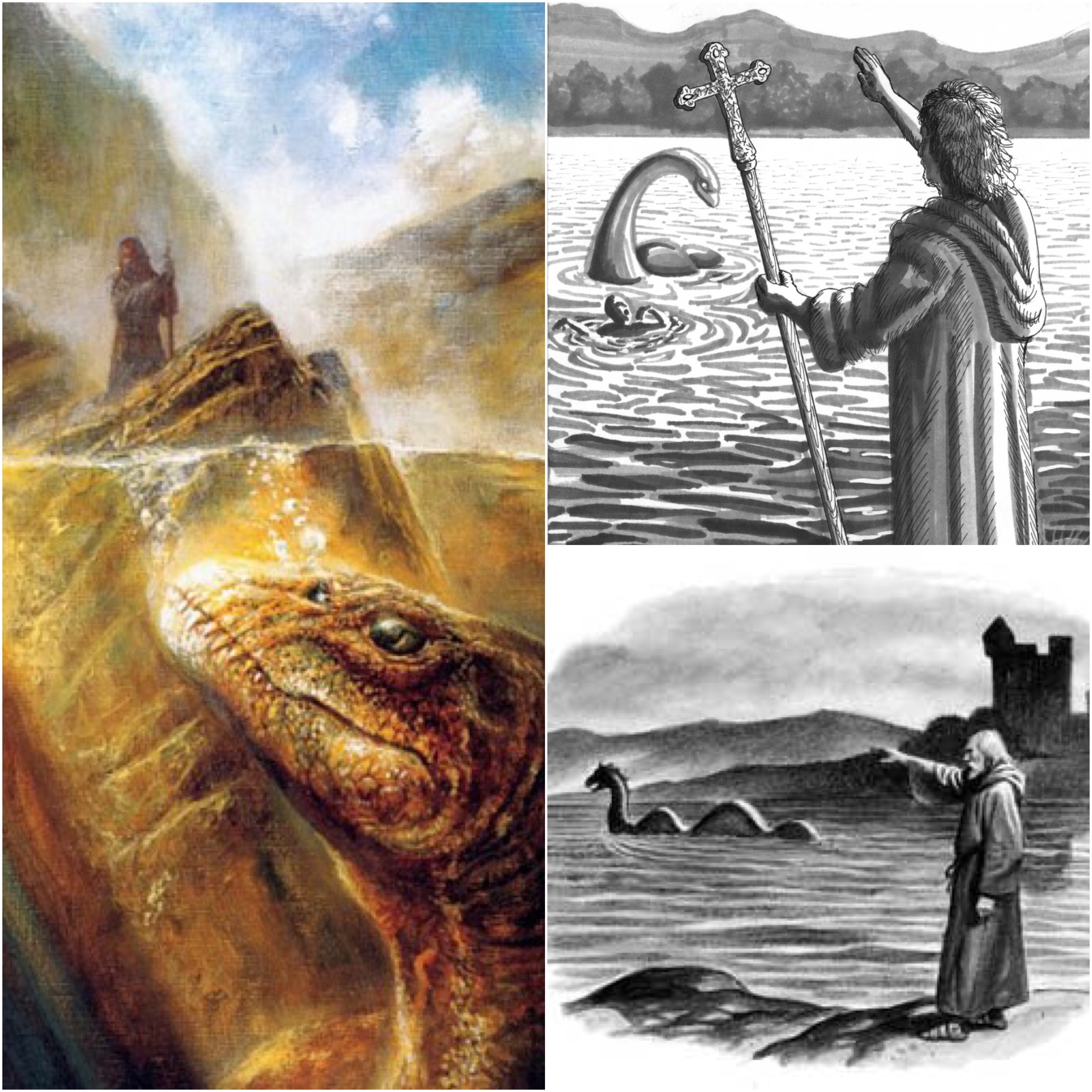In his latest ‘Yours Faithfully’ column, Saltbox Church Liaison Officer Tim Lucas explores Adamnan’s account of St. Columba’s encounter with the Loch Ness Monster and how the power of the cross can overcome sin.
 According to the biographical account of Adamnan, on this day in 565 St. Columba encountered the Loch Ness Monster. The story goes that Columba was contemplating how to cross the loch, when he saw some Picts mourning the death of one of their community. They spoke of how a great “water beast” had tried to eat the man, but they had managed to save him from its grasp, although unfortunately he was too injured.
According to the biographical account of Adamnan, on this day in 565 St. Columba encountered the Loch Ness Monster. The story goes that Columba was contemplating how to cross the loch, when he saw some Picts mourning the death of one of their community. They spoke of how a great “water beast” had tried to eat the man, but they had managed to save him from its grasp, although unfortunately he was too injured.
In response, Columba did two things. Firstly, he placed his staff on the man’s chest and raised him from the dead, and secondly, he ordered one of his monks to go for a swim.
When the swimming monk raised the attention of the beast, the crowds at the side of the loch were hugely distressed. They shouted to the monk to swim back to safety, aware that the beast had surfaced and opened its mouth. But Columba remained calm. He walked to the edge of the loch, made the sign of the cross, and said, “You will go no further! Do not touch the man! Leave at once!” The Loch Ness Monster fled as if terrified, “more quickly than if it had been pulled back with ropes,” and was not seen for centuries after that.
While we could sit and debate the veracity of such a story, that may be approaching it from the wrong angle. For me, the question that arises from this story is not whether I believe the Loch Ness Monster to be real, but whether I believe in the power of the cross.
The leading New Testament scholar, Tom Wright, highlights that throughout the scriptures sin is written and taught about as though it is a living thing. It’s like it is a being that has found a way into the world and has set out to destroy, damage, and devour whatever it can. But when Christ was crucified, he took sin onto himself. Taking it further, Paul writes that Christ “became sin”. When Christ was nailed to the cross, God was punishing sin for all it had done.
You can, do doubt, see the link. Sin is like the great water beast of the Scottish loch, wild and untamed, and hugely destructive. That may cause some to panic and be in distress, but the message of the cross is that through Christ, we are able to say, “You will go no further! Leave at once!” and sin has to retreat.
This is truly good news. Sin will always lead to death, but the story of Christianity is that God has overcome sin and death, and through his resurrection he has also raised us into new life, so we can be free of the great beast of the world. Sin is rendered powerless when confronted with the truth of the cross, and death is rendered powerless when confronted with the truth of the resurrection.
So, if someone asks you in the future whether you believe in the Loch Ness Monster, remember the story of St. Columba and the Picts; remember the story of Christ and the cross; and remember the story of his resurrection, through which we are also raised from death.
I pray that, like Columba, you make Christ your focus. The issue for so many of us is that we focus so much on the beast that we forget the power that overcomes it.
Tim Lucas (Saltbox Church Liaison Officer)
